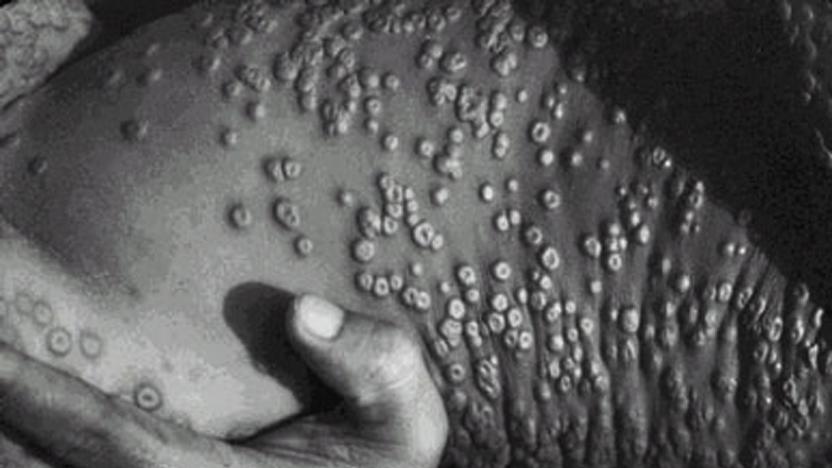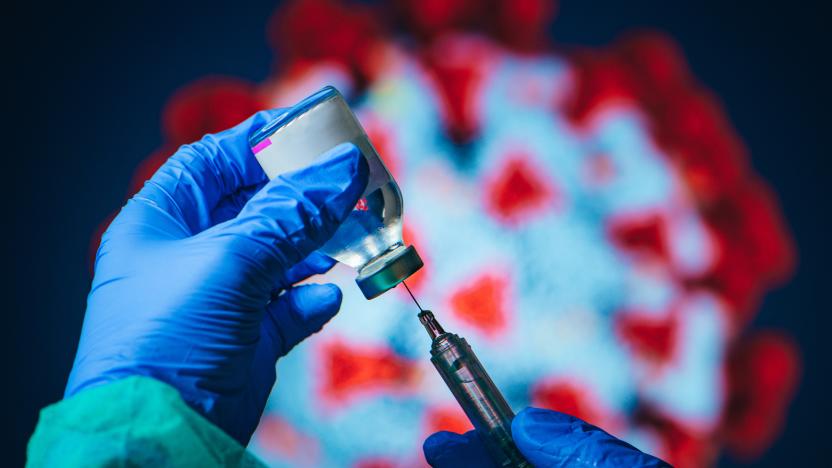smallpox
Latest

Hitting the Books: America might not exist if not for a pre-Revolution smallpox outbreak
As historian Andrew Wehrman explains in The Contagion of Liberty: The Politics of Smallpox in the American Revolution that our downright violent resistance to, and demand for freedom from, this disease also helped galvanize our mobilization of independence from England.

How the world went from no COVID vaccines to two in under a year
The next stage involves testing the vaccine on animals. By November, just four months after beginning phase III trials, the company demonstrated its vaccine to be 94 percent effective in preventing COVID infection.

Scientists revive an extinct virus using off-the-shelf DNA
It's no longer far-fetched to synthesize a basic organism. However, a team of researchers has taken that work one step further. They recently reconstituted and reanimated an extinct virus, horsepox, using DNA they'd ordered via mail. The team stitched together multiple gene fragments (each with about 30,000 base pairs) into the complete 212,000-pair horsepox genome and inserted it into cells already infected with a different pox, bringing the inanimate virus to life. It's clever work, especially given the relative complexity of a pox virus compared to earlier efforts, but it's also a double-edged sword -- it could at once provide a breakthrough in medical research and pose a potential threat.

